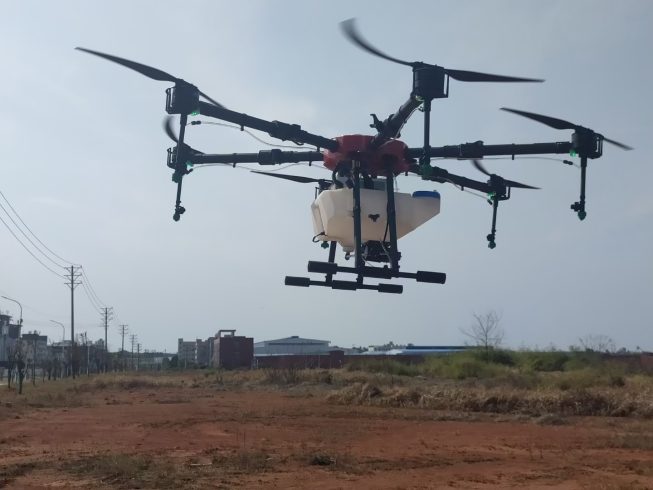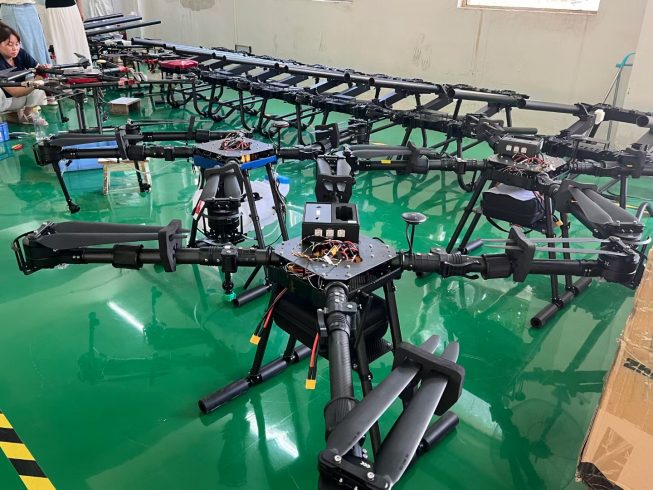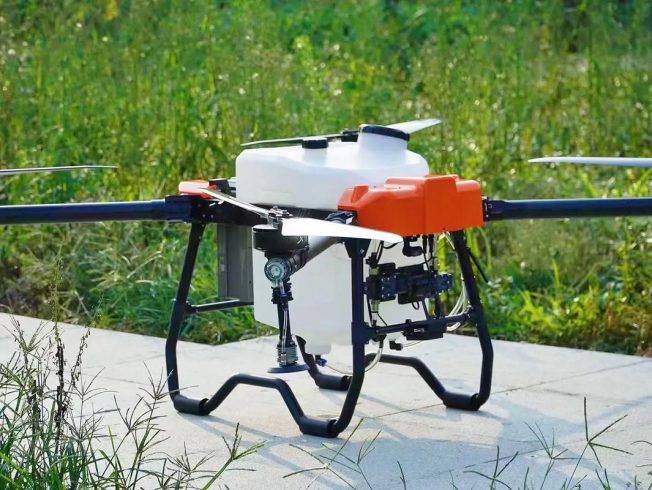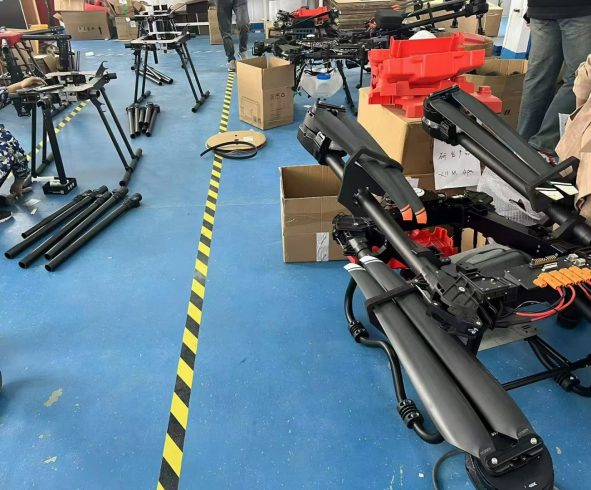
In modern agriculture, the balance between profitability and sustainability hinges on one critical equation: producing more with less. Rising costs of labor, chemicals, and fuel—paired with pressure to boost yields amid climate uncertainty—have pushed farmers to seek smarter tools. Enter cost-saving drone sprayers: unmanned aerial vehicles (UAVs) designed to slash operational expenses, maximize crop output, and eliminate wasteful resource use. Far from being a luxury, these drones are proving to be a financial lifeline for farms of all sizes.
The Hidden Costs of Traditional Spraying: A Drain on Profits
For decades, manual or tractor-based spraying has been the default method for applying pesticides, fertilizers, and herbicides. Yet beneath its familiarity lie significant hidden costs:
-
Chemical Overuse: Human error or imprecise machinery leads to blanket spraying, where chemicals are applied uniformly—even to healthy plants. Studies show this wastes 20–50% of inputs, driving up expenses and risking soil/water contamination.
-
Labor Intensity: Manual spraying requires skilled operators, long hours, and frequent equipment maintenance. For large farms, labor can account for 30% or more of total spraying costs.
-
Time Delays: Tractor-based systems struggle with uneven terrain, wet fields, or tight crop rows, causing delays that leave crops vulnerable to pests or disease—ultimately reducing yields.
These inefficiencies don’t just pinch budgets; they erode competitiveness in an industry where margins are already thin.
How Drone Sprayers Slash Costs Without Sacrificing Quality
Cost-saving drone sprayers tackle these challenges head-on by replacing guesswork with precision. Here’s how they turn expenses into savings:
1. Reduce Chemical Inputs by Up to 40%
Unlike traditional methods, drones use GPS mapping and multispectral sensors to identify exactly where treatment is needed. For example, a drone might detect a small patch of aphids in a cornfield and apply insecticide only there, leaving healthy plants untouched. This “targeted spraying” cuts chemical use dramatically—farmers report saving 50–150 per acre annually on inputs.
2. Cut Labor Costs by 60% or More
Operating a drone sprayer requires minimal manpower: one person can manage multiple UAVs via a smartphone app, eliminating the need for large teams of pilots or tractor operators. For a 1,000-acre farm, this could mean reducing labor expenses from 10,000 to 3,000 per spraying cycle.
3. Save Time—and Money—on Operations
A single drone covers 15–20 acres per hour, 3x faster than a tractor and without breaks. For time-sensitive tasks like treating a sudden pest outbreak, this speed prevents yield loss. Imagine avoiding a 10% yield drop in a 500-acre soybean field—worth $25,000 or more—by spraying in hours instead of days.
Maximizing Yield: From Wasteful Sprays to Growth-Boosting Precision
Saving money is only half the story. Drone sprayers also increase yields by ensuring crops get exactly what they need, when they need it:
-
Variable Rate Application (VRA): Drones adjust spray rates based on real-time field data. Nutrient-deficient zones receive extra fertilizer; dense weed patches get stronger herbicide doses. This tailored care boosts plant health and resilience, leading to 5–15% higher yields in trials.
-
Consistent Coverage: Wind or human error often leaves gaps in traditional spraying, making crops susceptible to disease. Drones maintain steady altitude and speed, ensuring every inch of the field is treated evenly—critical for high-value crops like fruits or vegetables.
-
Early Pest Detection: Many drones integrate cameras that spot pest eggs or fungal spores before they spread. Treating infestations early prevents widespread damage, preserving potential harvests.
Minimizing Resource Waste: Good for Farms, Better for the Planet
Beyond the bottom line, drone sprayers align with sustainable farming goals by reducing waste:
-
Less Water Usage: Drones atomize liquids into fine droplets, using 90% less water than traditional sprayers. This is a game-changer in drought-prone regions.
-
Reduced Chemical Runoff: Targeted application means fewer chemicals seep into groundwater or streams, protecting local ecosystems and complying with stricter environmental regulations.
-
Lower Carbon Footprint: By replacing fuel-guzzling tractors, drones cut greenhouse gas emissions—another cost saving if carbon credits become part of farm financing.
Real-World Impact: Small Changes, Big Returns
Consider a Midwest corn farmer with 800 acres. Before switching to drones, he spent 12,000 per season on chemicals, 8,000 on labor, and lost 8% of his yield to inconsistent spraying. After adopting a drone sprayer:
-
Chemical costs dropped to $7,200 (40% reduction).
-
Labor expenses fell to $3,200 (60% reduction).
-
Yield increased by 10% due to better coverage, adding $32,000 in revenue.
Net result? An extra $26,000 in profit per year—without expanding his land.
The Bottom Line: Affordability Meets ROI
Critics sometimes dismiss drones as expensive investments. But with payback periods of 1–2 years (thanks to savings and yield gains), they’re among the most cost-effective upgrades a farm can make. Many manufacturers offer leasing options or modular designs, making entry accessible even for smallholders.
Conclusion: Profitability Starts with Precision
In an era of rising costs and climate volatility, “doing more with less” isn’t just a goal—it’s a necessity. Cost-saving drone sprayers deliver on this promise by turning waste into savings, inefficiency into productivity, and uncertainty into control. For farmers ready to stop bleeding money on outdated methods, the choice is clear: invest in precision, and watch profits grow alongside yields.
After all, the best way to save money is to stop wasting it—and the best way to maximize yield is to give every plant exactly what it needs. Drone sprayers do both. 🌾💸✨
THE END










暂无评论内容